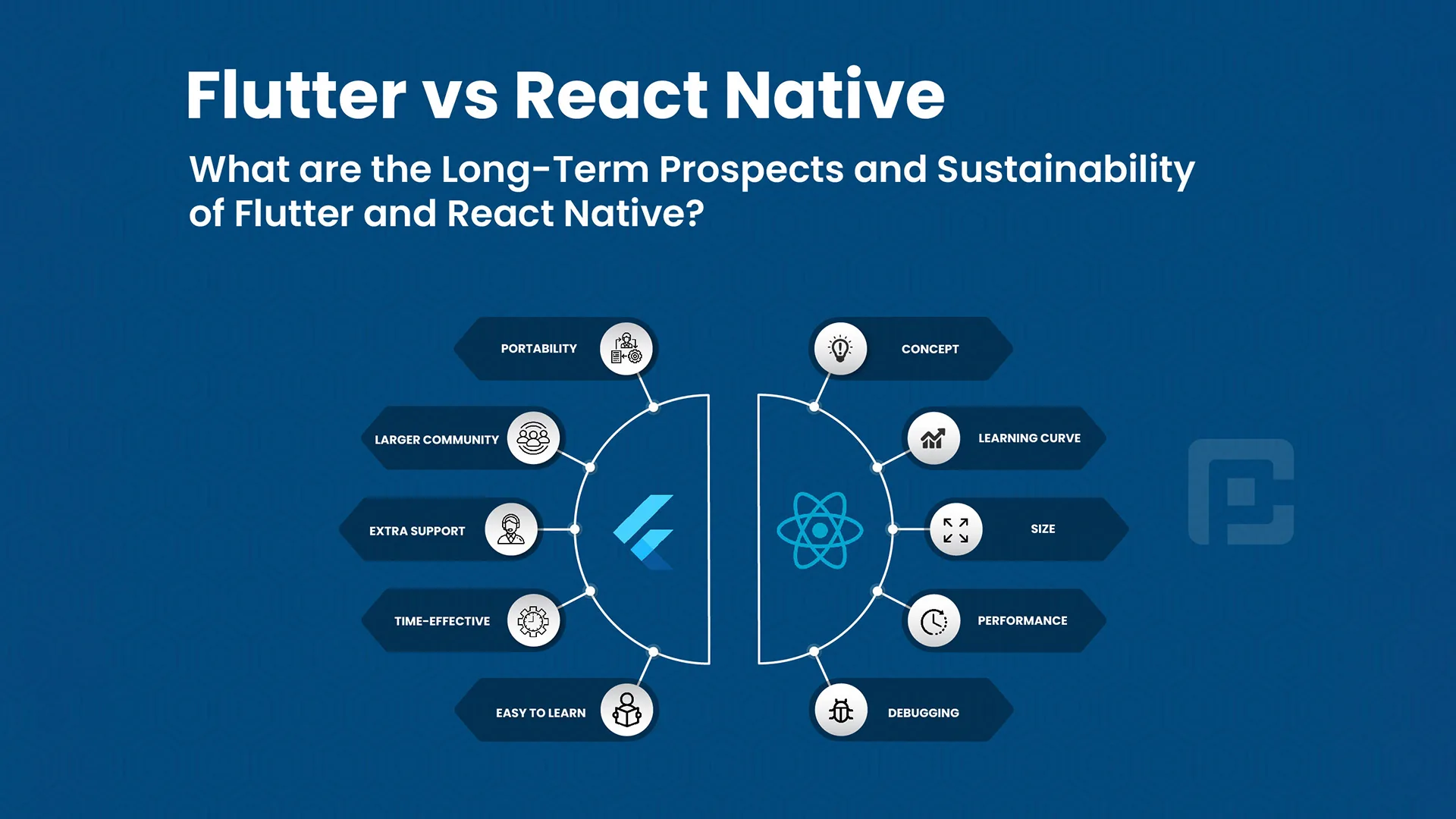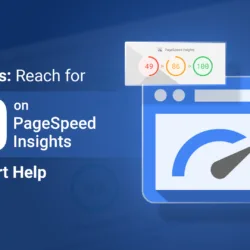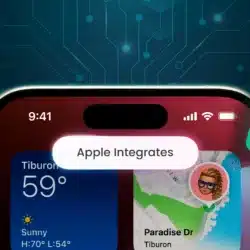Long-Term Prospects and Sustainability: Flutter vs. React Native

27 June
As mobile app development continues to grow in popularity, developers are constantly searching for the best tools to create high-quality apps. Two of the most popular frameworks for cross-platform mobile app development are Flutter and React Native. While both frameworks offer excellent features and benefits, developers must also consider their long-term prospects and sustainability. In this article, we will explore the long-term prospects and sustainability of Flutter and React Native.
Flutter
Flutter, developed by Google, has gained a significant following since its release in 2017. Its customizable widgets, fast development cycle, and hot reloading have made it a popular choice among developers. Flutter’s use of the Dart programming language and its reactive programming model make it easy to create complex UIs and animations.
In terms of long-term prospects, Flutter has a bright future. Google has invested heavily in the framework, and its popularity continues to grow. With the introduction of null safety and improved performance, Flutter is becoming an even more attractive option for developers. Its support for foldable devices and web applications also expands its potential use cases.
Flutter’s sustainability is also promising. Its open-source nature and large community ensure that it will continue to receive updates and improvements. Additionally, Google’s investment in the framework means that it will likely continue to receive support and development resources for years to come.
React Native
React Native, developed by Facebook, has been a popular choice for cross-platform app development since its release in 2015. Its ability to build high-performance apps with a native look and feel has made it a popular choice for developers. React Native’s use of JavaScript and JSX syntax and its reusable components allow for efficient code sharing, reducing development time and costs.
In terms of long-term prospects, React Native has a solid future. Its large community and extensive library of plugins ensure that it will continue to receive updates and improvements. Facebook’s continued investment in the framework also bodes well for its future development.
React Native’s sustainability is also promising. Its open-source nature and large community ensure that it will continue to receive updates and improvements. Additionally, Facebook’s investment in the framework means that it will likely continue to receive support and development resources for years to come.
Conclusion
In conclusion, both Flutter and React Native have promising long-term prospects and sustainability. Google’s investment in Flutter and Facebook’s investment in React Native ensure that both frameworks will continue to receive support and development resources. Additionally, their open-source nature and large communities ensure that they will continue to receive updates and improvements.
When choosing a framework for cross-platform app development, developers must consider not only the features and benefits but also the long-term prospects and sustainability of the framework. Both Flutter and React Native offer excellent long-term prospects and sustainability, making them both viable options for developers.





